The basic method of making ice drop coffee utensils for making ice drop coffee
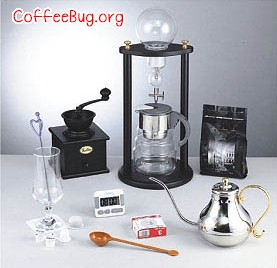
1) Equipment for making ice drop coffee
1)Ice drop coffee maker 2. Ice coffee beans
3. Bean grinder 4. Pellet filter paper
5, modeling glass
2) Use of ice drop coffee
1. Rinse all glassware and filter cloth with clean water before and after use
and filters.
2. Discard the filter paper immediately after use. Do not reuse it.
3. Filter cloth The filter cloth on the filter cloth can be reused after cleaning.
If the filter cloth is damaged or smells before use, please stop using it.
Use and replace new filter cloth.
3) Ice Drop Coffee Usage
1. Fill the bottle with cold drinking water according to the number of users and put it back on top.
* The standard amount of water for one person is about 120cc(if ice is added, the same amount of water should be deducted to avoid excessive water and excessive extraction).
* Due to the long dripping time, it is recommended to separate the ice cubes to keep the flavor better at low temperature.
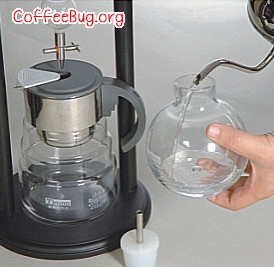
2. First close the drip valve and open the lid of the water bottle.
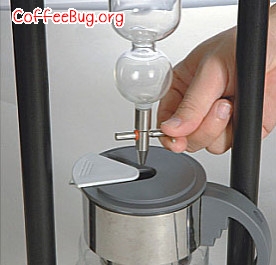
3. Put the water into the pot and gently place it in place.
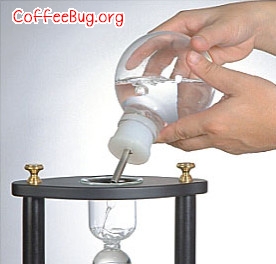
4. Moisten the filter cloth filter with water and place in a coffee cup.
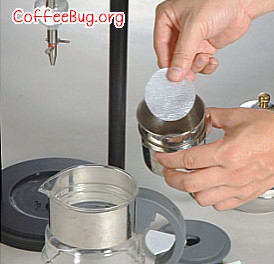
5. Ground fresh coffee.
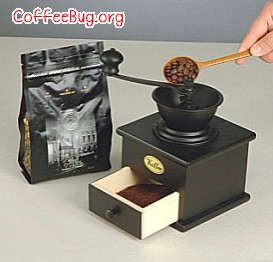
6. Put the right amount of coffee powder into the coffee powder cup, and tap the coffee powder cup a few times to flatten the surface.
* A standard serving of coffee is about 10-12g of ground coffee, preferably finely ground.
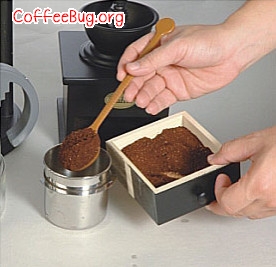
7. Finally, the pellet filter paper is placed on the center surface of the coffee powder.
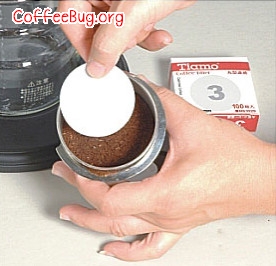
8. Place the coffee filter cup in the lower pot position.
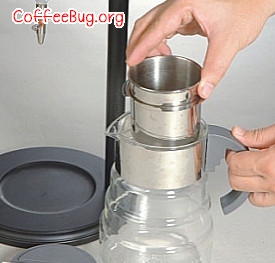
9. Slowly open the drip valve to allow water to drip out of the bottle and adjust the drip speed.
* Standard water droplet speed 35-40 drops per minute, adjusted every 2 hours.
* Water droplets flow too fast, there is water accumulation phenomenon on the coffee powder, easy to overflow and affect the coffee extraction is insufficient, resulting in too weak taste.
* Slow drip flow, high temperature and long drip time will cause coffee to ferment and produce sour and alcoholic taste.
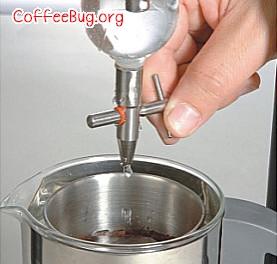
10. Let it sit and wait for extraction.
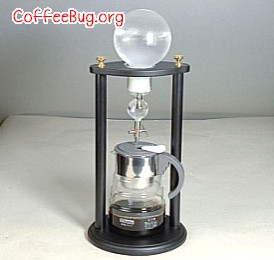
11. After dripping all the prepared water, bottle and place in refrigerator to chill.
* Do not take it halfway through the dripping process, otherwise the concentration will not be uniform. Do not leave it at room temperature after dripping, it will affect the taste and flavor.
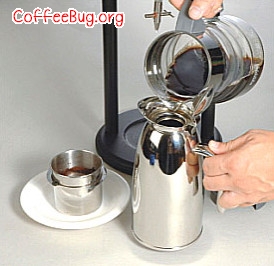
Important Notice :
前街咖啡 FrontStreet Coffee has moved to new addredd:
FrontStreet Coffee Address: 315,Donghua East Road,GuangZhou
Tel:020 38364473
- Prev
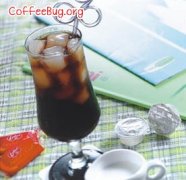
The steps of making fancy Coffee the making of Royal Ice-brewed Coffee
Royal iced coffee ingredients: 60 grams of coffee beans / 6 cups, cold boiled water 720cc/6 cups, crushed ice cups. Beans: Kingman coffee beans (deep baked beans). Utensils: ice drop coffee group, ball-shaped grinder, bean grinder. Use the cup: HG9811 shape glass. 1. The coffee is extracted with ice drop coffee group and "ice drop coffee usage method". two。 It will be extracted.
- Next

The origin of ice drop coffee the characteristics of ice drop coffee
The origin of ice drop coffee ice drop coffee originated in Europe, because the coffee distiller was invented by the Dutch, some people call it Dutch Coffee, espresso or water drop coffee. Ice drop coffee is extracted bit by bit for about 8 hours due to its compatibility with water, mainly by condensation and natural osmotic water pressure. The smell of coffee extracted by a coffee distiller
Related
- Beginners will see the "Coffee pull flower" guide!
- What is the difference between ice blog purified milk and ordinary milk coffee?
- Why is the Philippines the largest producer of crops in Liberia?
- For coffee extraction, should the fine powder be retained?
- How does extracted espresso fill pressed powder? How much strength does it take to press the powder?
- How to make jasmine cold extract coffee? Is the jasmine + latte good?
- Will this little toy really make the coffee taste better? How does Lily Drip affect coffee extraction?
- Will the action of slapping the filter cup also affect coffee extraction?
- What's the difference between powder-to-water ratio and powder-to-liquid ratio?
- What is the Ethiopian local species? What does it have to do with Heirloom native species?

